It is actually Monday night that this journal is making its way to the web because upon return from a glorious Sunday on the tundra, Isfjord Radio was silent. Not silent in that there weren't terns cawing and swooping at your head or certain students giggling over gestures/quotes somehow making their way straight from the 90's 'Encino Man.' Rather, it was the lack of noise you only register when you've become accustomed to the background. That lack of noise being our diesel electrical generator. So long story short, we ended up eating at 9, the power was eventually restored, and the internet is now back on Monday evening. Nothing to feel sorry for because as field camps go, we still had it pretty good (omg…they over-starched my long-johns…).
So, in honor of the outage today's 8/5 (or 5/8 depending on your euro dating preference…that just totally came out wrong but am leaving it) journal will be short and filled with pictures to do the talking.
The day started with Mike and I somewhat unassigned to projects but headed to 'oversee' operations in the AG212 karst project area. This meant I only was on the working end of the shovel for one hole and thus generally of a happy disposition. We started over with Hanna and Elin and then worked our way over to Lukas and Lauren's lake area. Please see captions for more detail on the science taking place in the following pictures...
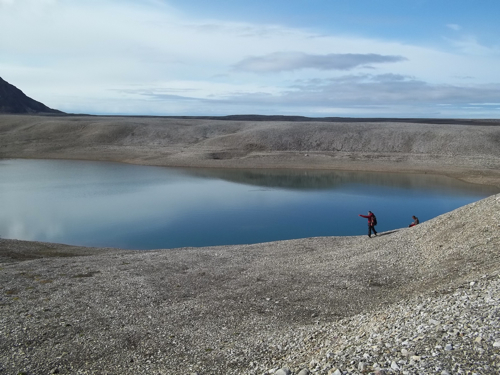
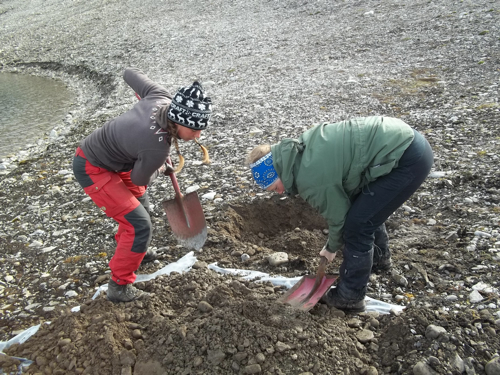
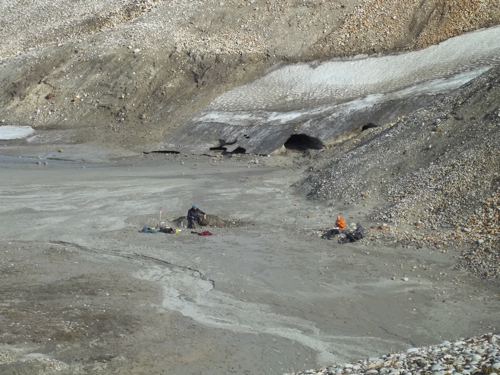
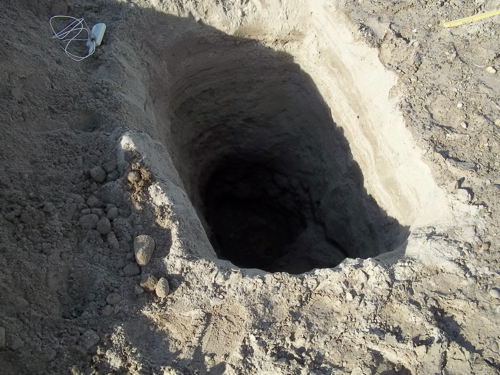
We came, we saw stratigraphy, and then beat feet to spend the afternoon trying to gain a better perspective on the HoloceneThe time period beginning at the end of the last Ice Age about 11,000 years ago and characterized by the development of human civilizations. sequence of events that lead to the geomorphology of the karst area. At times we both found ourselves at odds with making sense of the periglacial landscape but happily puzzled and in search of arm-waving hypothesis that would put the appetite to ease. The following is a picture tour of the karst area that I hope you enjoy at least a tenth I did.
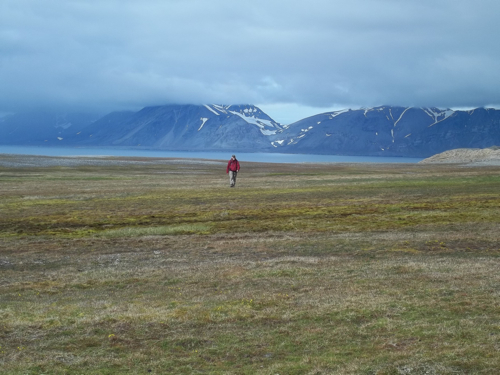

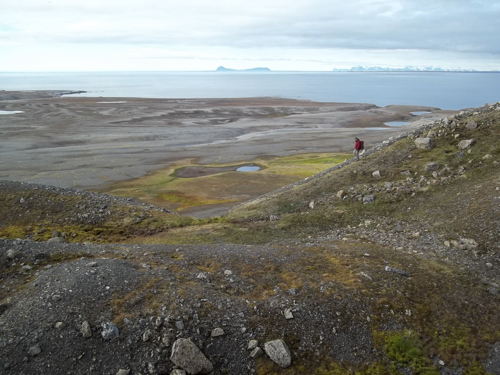
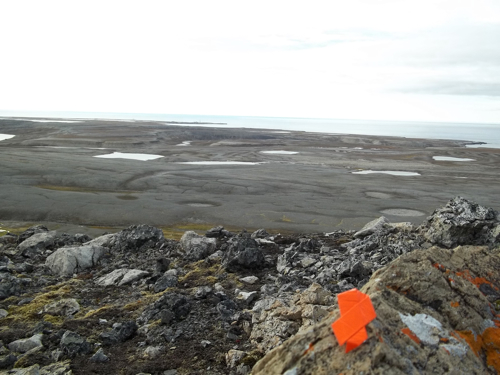
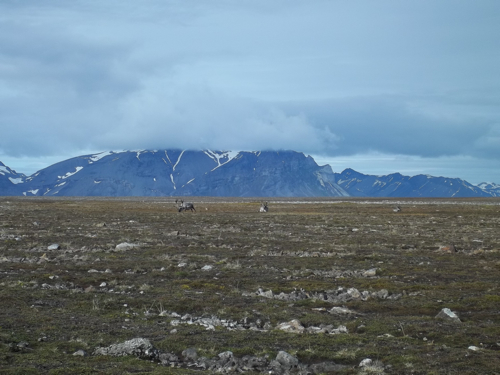
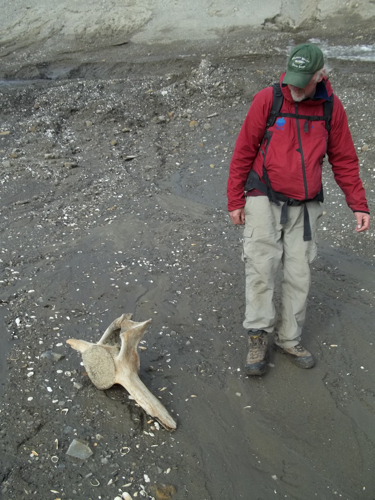
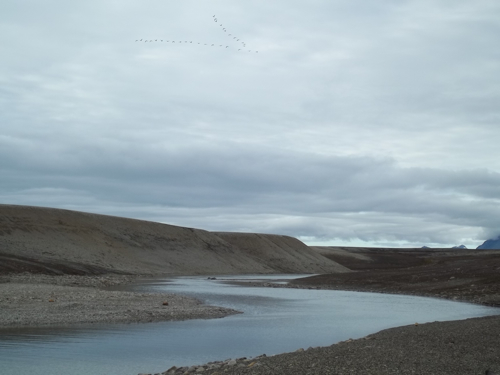


Comments